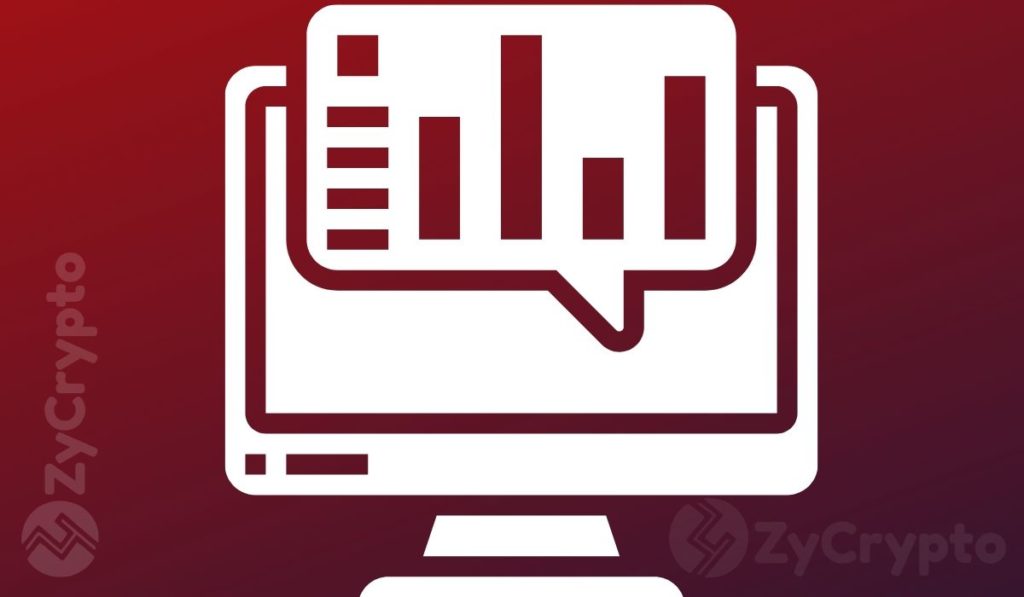
Last year’s March, a crypto analyst PlanB, who is now known primarily due to his Stock-to-Flow model, proposed a completely new perspective on predicting the price of Bitcoin. This popularized model is based on the idea that the value of scarce assets (such as gold, silver, and of course, Bitcoin) correlates strongly with their scarcity, which is measured as stock overflow. Where, the stock is the existing reserves of an asset under question, while the flow is the yearly production – that’s where the model takes its name from.
According to PlanB, Bitcoin is estimated to be as scarce as gold or silver, with the only difference of being a digital asset, which makes it even more precious in our time. This is an asset unique in its kind, which is expensive to produce (the electricity costs for mining are substantial) and which is not subject to any centralized form of control.
The S2F model is based on the fact that market value can be changed either by increase or decrease in either of two variables. Considering a specific example of the latest Bitcoin halving, the digital asset became scarcer due to its decreased flow. This is why now, the market value (or price) of Bitcoin is pushed by its exclusivity – that can be seen by comparing blue dots (pre-halving estimate) and red dots (post-halving measure). Gold and silver also lie on the same trend line as Bitcoin, which gives an impression of the level of scarcity the digital asset achieved.
Analyzing the model, it looks like Bitcoin’s price is even more likely to climb higher in the future. Based on the model’s assumptions, it can even achieve $100K in price. How? This will be possible by attracting governments and institutional investors, PlanB says – since cryptocurrency is a good remedy against quantitative easing and inflationary risk. Besides, the incomparable ease of purchase will allure a lot of audiences, even the ones who had no prior experience with cryptocurrency.
So why is the model flawed?
The skepticism was raised by Nico Cordeiro, who is the CIO at Strix Levithan. In a report released on June 30, he challenged the fundamental assumption about the relationship between gold’s scarcity and price – calling it “A Chameleon Model”. Another argument against the Stock-to-Flow model is that it posits Bitcoin price will hit an estimate of $235 billion by 2045 – which, in the view of Cordeiro, completely does not make sense.
In reality, the model can be perfectly used for benchmarking – however, it lacks the specific factors to make it fully reliable. This is why it already provoked a lot of doubt from the side of industry experts and CEOs due to its unrealistic price forecasts.